curated by Claudia Praolini | reviews by Vanessa Mangiavacca and Chiara Ghidelli
Ubik is an out-of-competition part of the festival, where the works with the most innovative language find their natural spot. Whereas the aim of short films experimenting new ways of expression has always been one of the core criterion for selecting and evaluating all the films competing at Concorto, the Ubik ones push the limit a bit further, in less-charted territories, where the border between cinema and video fades away. It is a kind of cinema which talks about itself, a cinema which turns its eye towards itself, revealing with no shame the mechanisms upon which video-recording is based. A kind of cinema which, conscious of its structures and language, decides to “unveil the trick”, but exactly thanks to this process, turns the viewing into opaque, as if meta-cinema were a lens which works the other way around, capable of blurring the layers of which reality is made and the experience of viewing itself.
The selected shorts
curated by Claudia Praolini
(Third Study For) Swedge Of Heaven, Richard Forbes-Hamilton, UK (2020)
Happyness Is A Journey, Ivete Lucas E Patrick Bresnan, USA, Estonia (2021)
Her Violet Kiss, Bill Morrison, USA (2021)
Impersonator, Andrew Norman Wilson, USA (2022)
Saint Jean Baptiste, Jean Baptiste Alazard, France (2020)
Songs For Dying, Korakrit Arunanondchai, Thailand (2021)
St Jude, Pauline Quinonéro, France (2021)
Reviews curated by Vanessa Mangiavacca
IMPERSONATOR
These are not six characters in search of an author, but rather the opposite: an author in search of numerous characters, alter egos and portraits to impersonate. Amidst the grids of the Hollywood movie industry, one wonders whether it was cinema that drew inspiration from real life or vice versa. In Impersonator a nameless, faceless, homeless man in a stormtrooper 2.0 version walks through the streets of Los Angeles. The constant motion generates a sensory overload that affects the mind first and gives back the constant daily agitation that a person in search of their social position absorbs. Ranging between different cinematic genres – science fiction, horror, thriller – and contemporary art, American artist Andrew Norman Wilson creates a subtle parable of the entertainment industry and the state of moral and psychological drift to which its actors and those who suffer it are forced.
HER VIOLET KISS
Bill Morrison needs no introduction. OHe is one ne of the most important contemporary found footage directors, and with his latest short movie the American artist confirms his passion for archival material and early moving images. “Her violet kiss” is pulsating, it is a material heart, a living emulsion of feelings that are kneaded with images capable, despite everything, of withstanding time. Narrative and visual tension emerge from a woman’s encounter with a mysterious man at a 1920s party: hence a minute-long ode to the immortality of cinema and its eternal capacity to reinvent itself is born.
HAPPINESS IS A JOURNEY
“Happiness is a journey” is the documentary commissioned by The Guardian to the duo formed by Patrick Bresnan and Ivete Lucas. They both follow the ever-changing days of Eddie “Bear” Lopez, a man in his 60s living in Austen who has been working in the Austin American Statesman’s print warehouse for 20 years without ever having a day off. News and information on paper still ends up in front of the doormats of the (few) Americans, stripped of the idyllic imagery that has always made us imagine good guys on their bicycles riding around the neighborhood throwing yet another newspaper on the run. The reality is quite different and shows underpaid working men and women spending nights, including Christmas night, folding papers telling of crises, injustices and social dramas.
This is why Eddie collects objects of all kinds and his altar is an unwitting monument to capitalism and the irrepressible desire for accumulation, a portrait of Austin itself. In the film’s cutaways – even aesthetic ones given by the split screen – it is impossible not to notice a city doomed to disappear suffocated by grandeur and the processes of gentrification.
ST JEAN-BAPTISTE
Saint Jean-Baptiste has always been one of the most depicted saints in Western art history, but he has been the object of diverse screen adaption as well, as it can be seen in the short film of French director Jean-Baptiste Alazard. The film shifts from found footage of old films to amateur shots, and it is an extremely brave attempt to define and embody the thought and the attitude of the saint, devoiding him of religious references. “Ce sont les images qui restent” (These are the images that remain) – in this way the film presents a cosmic and absolute declaration based on frames, dedicated to friends and aimed at celebrating human relationships. Everything turns into a big celebration, a pagan ritual, a community union where our love towards the unknown person by our side is the breaking point of rebellion, a subversive deed capable of bringing back to the reconsideration of values on which the society has always been founded. Saint Jean-Baptiste is an activist film full of genuine madness, it is a desperate cry for a change to be triggered without hesitation.
Reviews by Chiara Ghidelli
ST JUDE
Elisabeth’s body moves exploring itself and its own story in the silent night of a neighborhood that could belong to any city. Elisabeth’s soul wanders with the clear goal of finding a mysteriously lost but still alive love again. Her only guide is a voice coming from a walkie-talkie that has a long story to tell. Combining hypnotic and fluid sound suggestions and surreal and images devoid of space and time, St. Jude succeeds in recreating the movements of a soul troubled by the disappearance of the lover. A story of love and ghosts in a plot that recreates the language of dreams and memories. A story of a meeting made of images coming from a distant time that is yet to be completely gone by.
(THIRD STUDY FOR) SWEDGE OF HEAVEN
Familiar landscapes, wooden statues and smiley-headed humanoids. Richard Forbes-Hamilton’s latest project is an ever changing stream of kaleidoscopical images that experiments different techniques of digital animation, from the 3D reimagining of real landscapes to computer character planning. By playing with the recognizability of images belonging to our memory, (Third Study for) Swedge of Heaven makes the eye travel from apparently known places, mostly inspired by nature in Essex, to simple geometrical shapes devoid of context and realism, abstracting from reality and forcing the viewer to untie its comprehension of the image stream from any type of reference. This surreal nature is full of characters belonging to tribal and ritual cultures, those that give birth to different pulses and suggestions on the relationship that has always been existing between nature and culture.
SONGS FOR DYING
In a project that hybridizes documentary, stock footage and magical, unreal views, Thai artist Korakrit Arunanondchai assembles an essay on death through a gaze that analyzes its different meanings. By recounting countries and cultures whose boundaries between life and death are thin and undefined, Songs for dying succeeds in joining public to private, the small story to the big one. From the story about the death of a beloved of his to the complaint about mass death, the artist witnesses how death can be charged with such strong political power, generating wide-ranging and small-ranging energies capable of scanning the history of individuals and nations by chapters, changing it irreversibly. Either way, there is still hope: Songs for dying acclaims life that, in spite of everything, finds a way to gain new room.

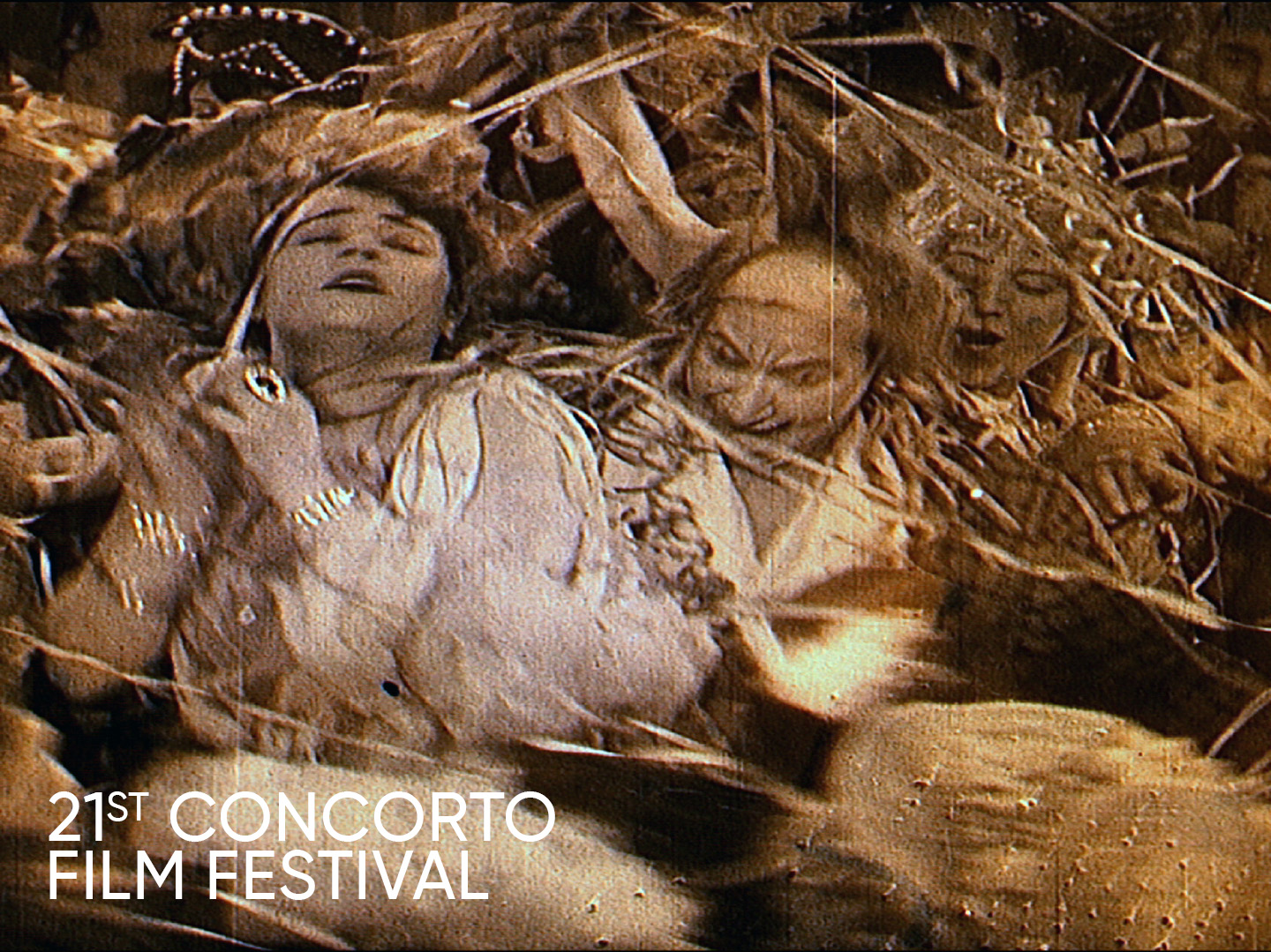

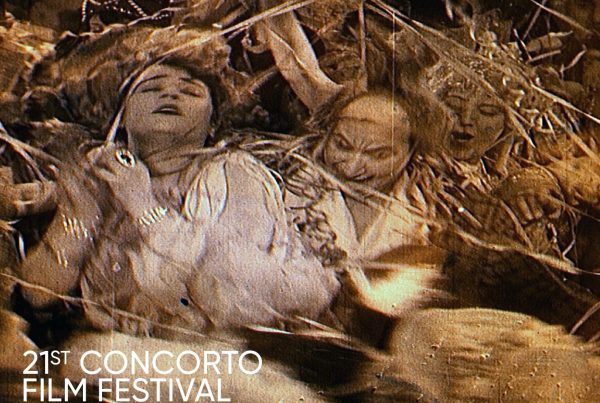
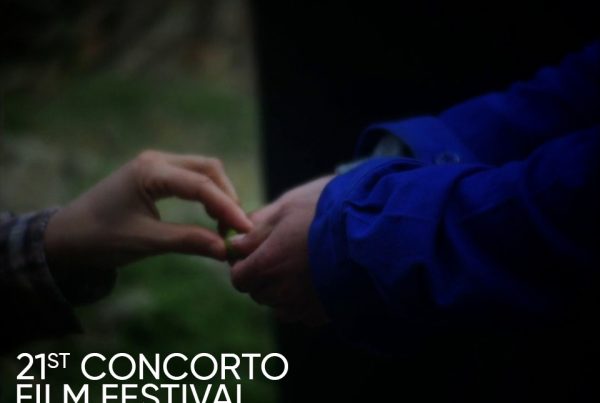
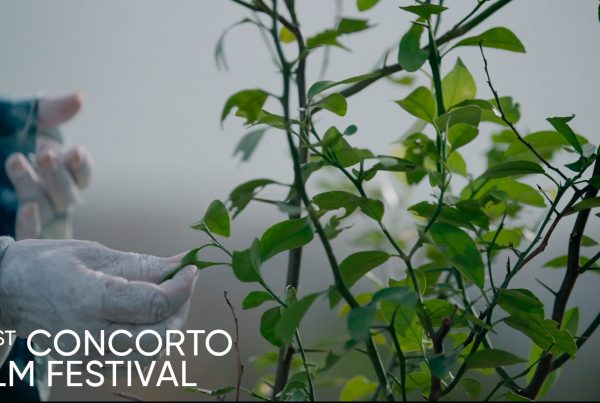
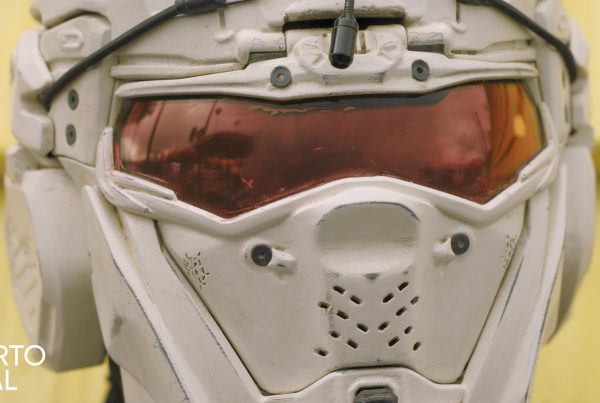
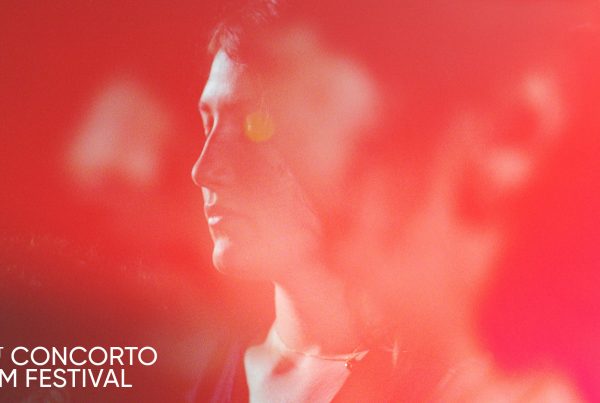
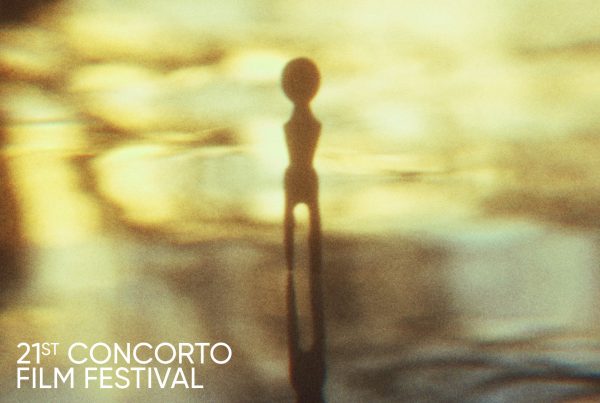

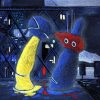




Commenti recenti